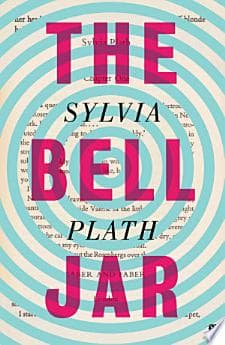- Published on
The Bell Jar
- Authors

- Name
- Sylvia Plath
- @search?q=Sylvia Plath

title: "The Bell Jar by Sylvia Plath: A Timeless Exploration of Mental Health and Identity"
Overview
"The Bell Jar" is a seminal work by Sylvia Plath that encapsulates the struggles of Esther Greenwood, a young woman grappling with mental illness and the suffocating pressures of societal expectations. Set in the 1950s, the novel is a poignant critique of the role of women in society and the isolation that can come from battling one's inner demons.
Themes
Mental Health
Plath's narrative delves deep into the complexities of mental health, portraying Esther's descent into depression with stark realism and empathy. The book sheds light on the stigma surrounding mental illness, especially during the time period it was set and written in.
Identity and Selfhood
Esther's journey is also one of self-discovery and the quest for an authentic identity in a world that often seems alienating. Plath explores the conflict between societal expectations and personal aspirations, a theme that resonates with readers across generations.
The Role of Women
Through Esther's experiences, Plath critiques the limited roles available to women in the 1950s, highlighting the struggle for autonomy and the desire to break free from traditional gender roles.
Conclusion
"The Bell Jar" remains a powerful and relevant exploration of mental health, identity, and the quest for freedom. Plath's masterful depiction of Esther Greenwood's life serves as a mirror to the societal and personal challenges many continue to face.
